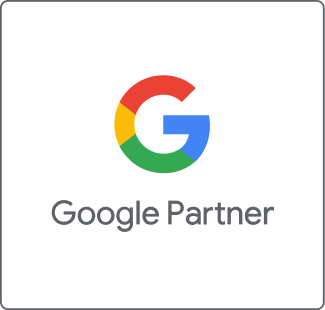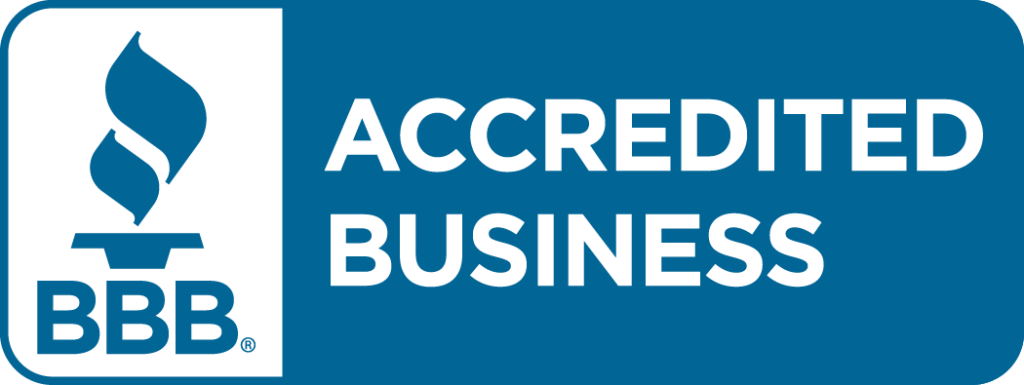What makes online banner display so great? Nothing . . . unless you target.
[one_half]
Without targeting, banner display is essentially a billboard along the highway. Sure a lot of people see it, but most don’t care, and it tends to be expensive.
Targeting is a nice concept, but what does it mean to target your online advertising? It is more involved than simply picking and choosing websites to place banners on. There are four main ways to keep your online banners reaching the right prospects.
[/one_half]
[one_half_last]
[box style=”1″]
When you correctly target prospects, you can:
- Maximize Your Budget
- Find Better Quality Leads
- Produce Higher Conversion Rates
[/box]
[/one_half_last]
What ways can you target your banners?
[one_fourth]
[box style=”1″]
1.[br/]Target by Device
![]()
[/box]
[/one_fourth]
[one_fourth]
[box style=”1″]
2.[br/]Target by Location
![]()
[/box]
[/one_fourth]
[one_fourth]
[box style=”1″]
3.[br/]Target by Content
![]()
[/box]
[/one_fourth]
[one_fourth_last]
[box style=”1″]
4.[br/]Target by Behavior
![]()
[/box]
[/one_fourth_last]
[hr style=”2″ margin=”0 0 30px 0″]
1. Target by Device
Do some research. Smartphone, tablet, laptop, or desktop, which of these is your audience using? Ask yourself, “what kind of lead do I need?” If you want phone calls, targeting smartphones may be your best bet. If you want to reach people while they are at work, perhaps targeting desktops and laptops would be best.
2. Target by Location
Maybe your AOR means you only want prospects from a certain state. You might need to reach multiple people within a company. In both cases, geo-customization will allow you to serve banners only to these prospects.
3. Target by Content
What websites are your prospects visiting? What search phrases are they using? By using online behaviors such as these you can hone in on your web audience with greater efficiency.
4. Target by Behavior
Once you have moved through these first three types of targeting, you have built a unique data set defining your online audience. You can use this new data to find additional online entities within your target demographic.
Banner display, when targeted correctly, can be highly-effective. Beyond direct sales, online advertising increases organic search, brand awareness, and offline sales. But if you don’t target correctly, you are wasting time and budget.



